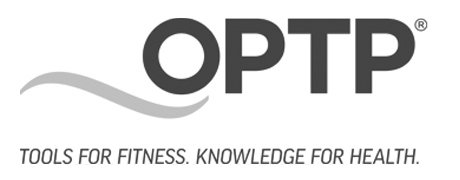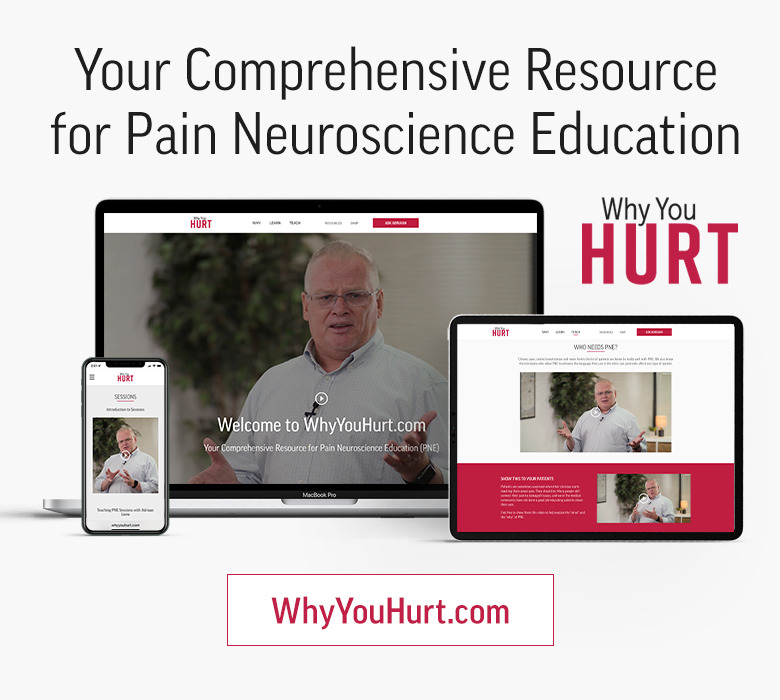The more you know about pain, the better off you'll be. Why Pelvic Pain Hurts: Neuroscience Education for Patients with Pelvic Pain teaches you the truth about your chronic pelvic pain: what it is, how the brain and nervous system collaborate to create pain, and how you can finally find relief.
Written by physical therapists Adriaan Louw, Sandra Hilton and Carolyn Vandyken.
Illustrated. Softcover; 70 pages. Non-returnable.




 Why Do I Hurt?®
Why Do I Hurt?®
 Why Do I Hurt? Workbook
Why Do I Hurt? Workbook
 Everyone Has Back Pain
Everyone Has Back Pain
 Why Are My Nerves So Sensitive?
Why Are My Nerves So Sensitive?
 Your Headache Isn't All In Your Head
Your Headache Isn't All In Your Head
 Your Fibromyalgia Workbook
Your Fibromyalgia Workbook
 Your Nerves Are Having a Knee Replacement
Your Nerves Are Having a Knee Replacement
 Your Nerves Are Having Back Surgery
Your Nerves Are Having Back Surgery
 Whiplash An Alarming Message From Your Nerves
Whiplash An Alarming Message From Your Nerves
 Why You Hurt: Pain Neuroscience Education System
Why You Hurt: Pain Neuroscience Education System
 Understanding, Evaluating, and Treating Pain for the PT and PTA Student
Understanding, Evaluating, and Treating Pain for the PT and PTA Student
 Pain Neuroscience Education: Teaching People About Pain
Pain Neuroscience Education: Teaching People About Pain
 Understanding and Treating Incontinence
Understanding and Treating Incontinence




